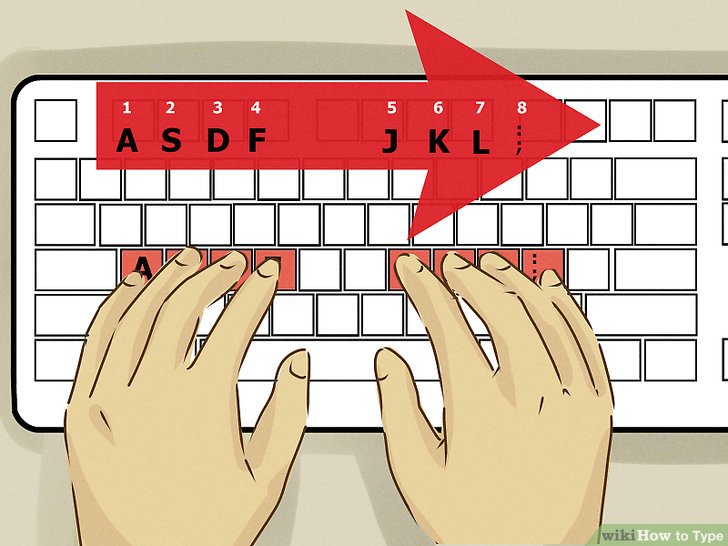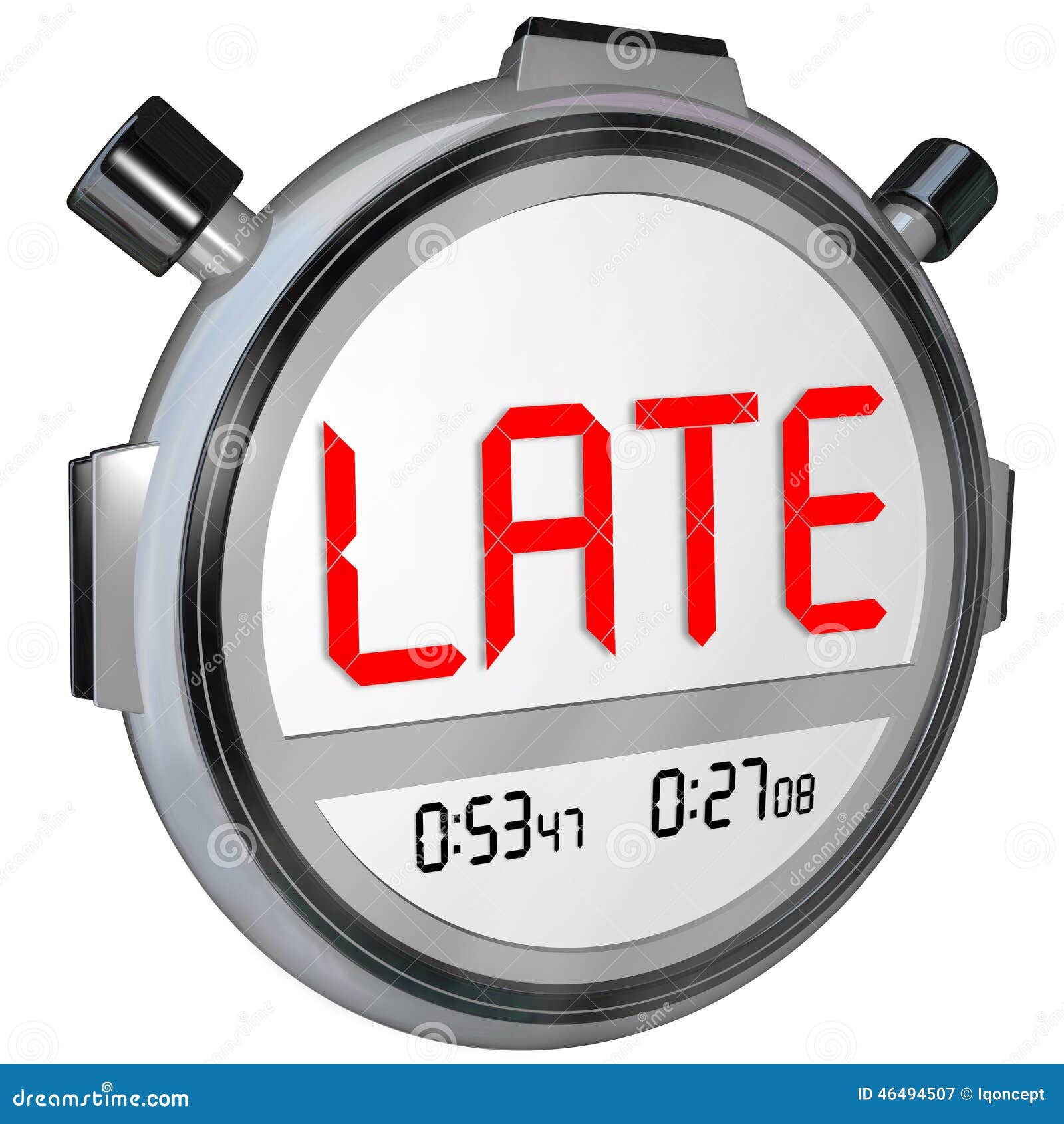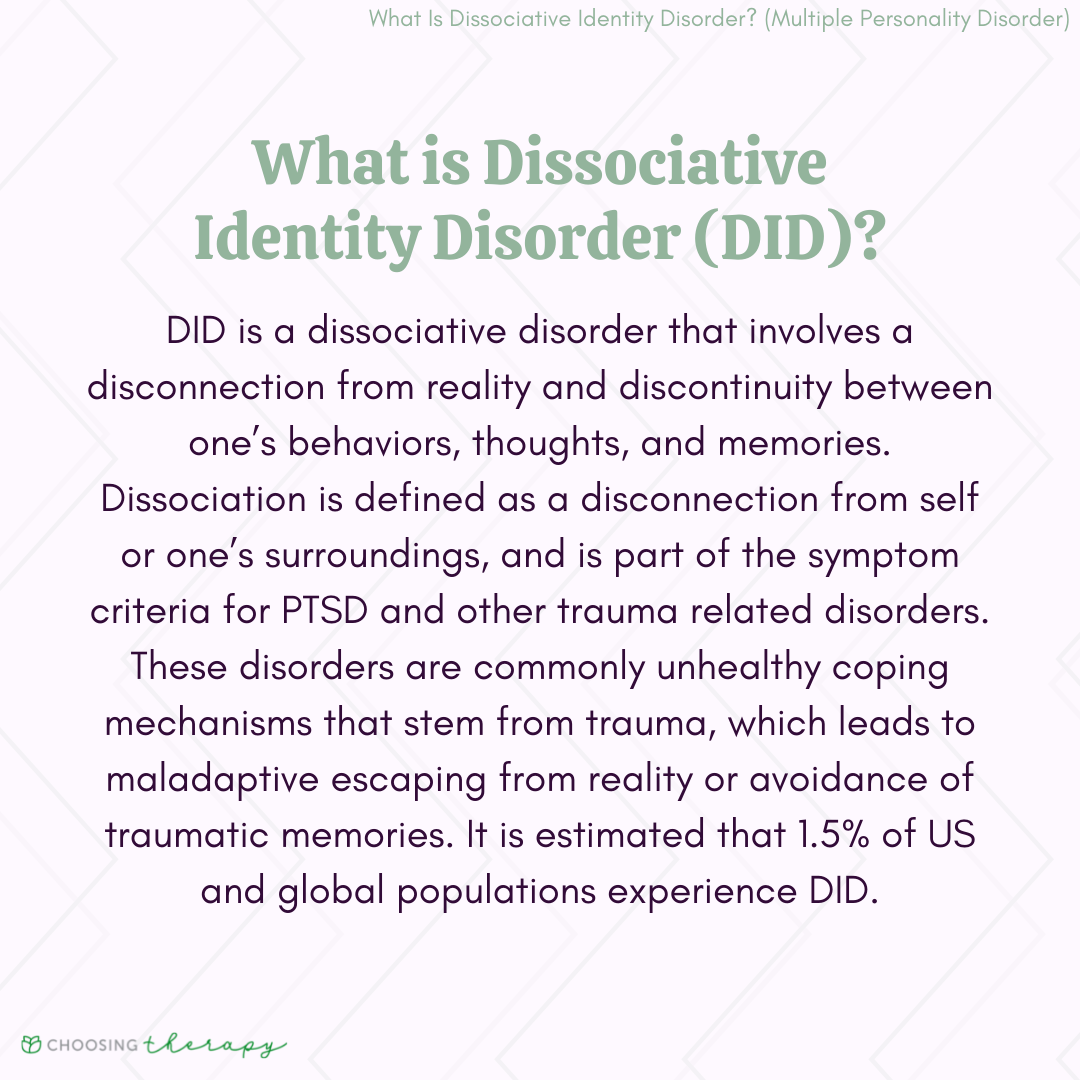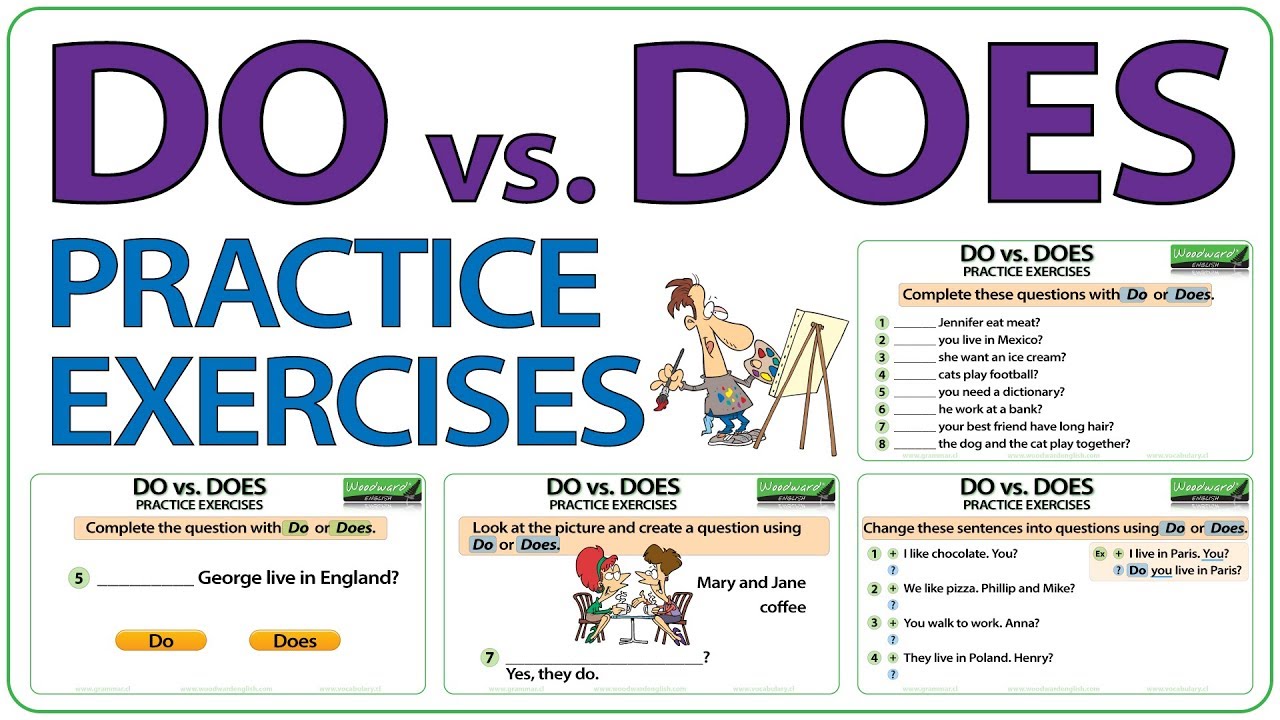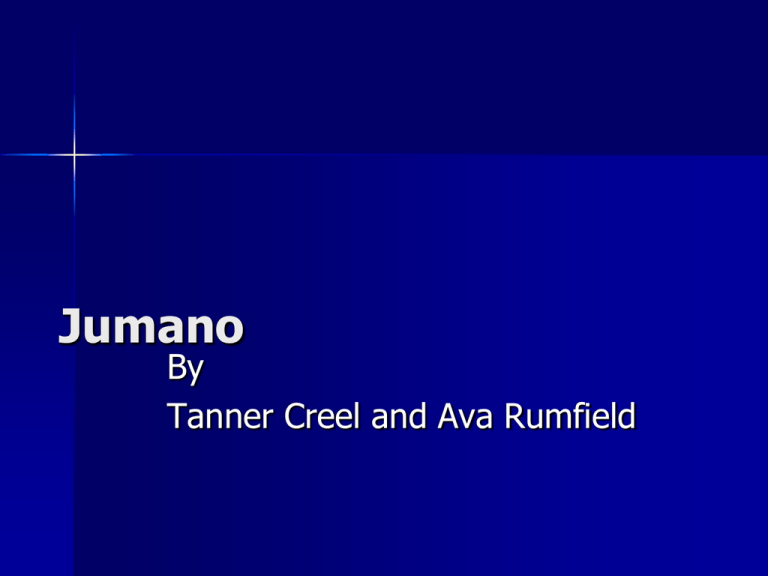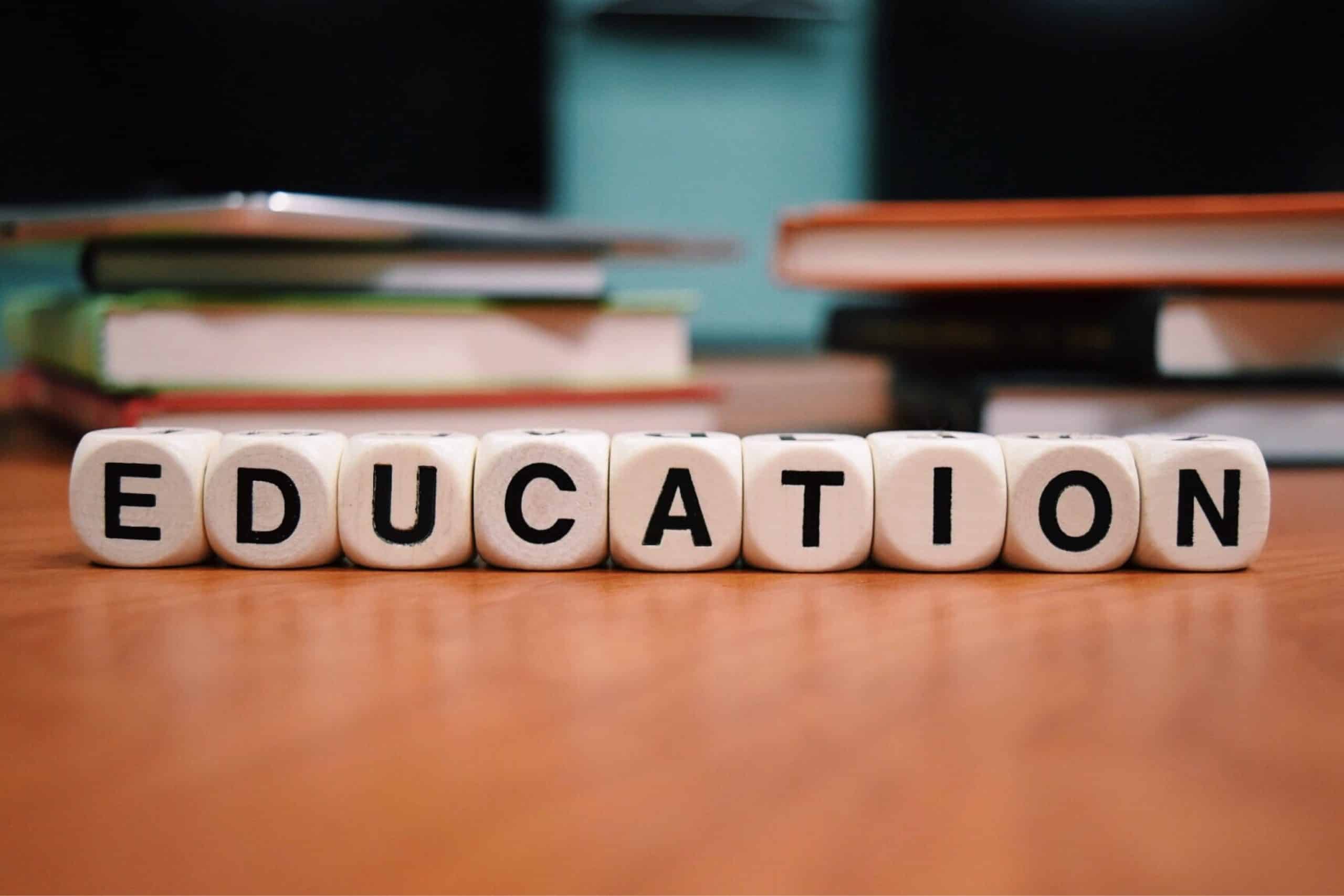How Renaissance Ideas Revolutionized Art and Education: A Lasting Legacy
Introduction: The Renaissance as a Catalyst for Change
The Renaissance, spanning roughly from the 14th to the 17th century, stands as one of history’s most influential periods for both art and education. Marked by a return to classical ideals, a spirit of inquiry, and the rise of humanism, the Renaissance era transformed how people learned, created, and understood the world. The profound changes sparked during this time continue to shape modern artistic expression and educational philosophy [2] .
Humanism and the Individual: Foundations for Artistic and Educational Innovation
A defining characteristic of the Renaissance was the emergence of humanism , a philosophy emphasizing the potential and value of the individual. Humanists encouraged people to seek fulfillment through reason, observation, and personal achievement, rather than simply adhering to religious dogma. This shift inspired artists and scholars to study the classics of Greece and Rome, elevating the status of individuals as creators and thinkers [3] .
In art, this led to a dramatic move away from the medieval tradition of anonymous craftsmanship. For the first time, artists were celebrated as intellectuals in their own right. Works began to feature portraits and scenes from contemporary life, reflecting the growing emphasis on individuality and realism. In education, humanism prompted the study of the humanities-literature, philosophy, history-encouraging students to develop critical thinking skills and pursue knowledge for its own sake [2] .
Technical and Creative Advancements in Art
The Renaissance is renowned for its
artistic innovations
that revolutionized visual representation. Artists such as Leonardo da Vinci and Michelangelo introduced techniques like
linear perspective
, creating the illusion of three-dimensionality on flat surfaces. The use of
chiaroscuro
-the contrast between light and shadow-added drama and depth to paintings.
Sfumato
, a technique perfected by da Vinci, allowed for subtle blending of colors, resulting in lifelike transitions and atmospheric effects
[3]
.
The study of anatomy became central to artistic training, leading to more accurate and expressive depictions of the human body. This was a direct result of the Renaissance’s embrace of scientific inquiry, as artists collaborated with scientists to better understand human physiology. Leonardo’s famous Vitruvian Man, for example, exemplifies the union of art and science [4] .
If you are interested in viewing Renaissance art in person, many museums worldwide hold significant collections. You can search for local or national art museums, such as The Metropolitan Museum of Art in New York or the Uffizi Gallery in Florence, and explore their Renaissance collections either in person or through official online galleries.

Source: analyzehistory.com
From Religious to Secular: Expanding the Scope of Art and Learning
While religion remained important, the Renaissance witnessed a shift toward secularism and a broader range of subjects in art and education. Artists began depicting not only religious figures but also everyday people, landscapes, and historical events. This diversification paralleled changes in educational curricula, where secular subjects like mathematics, astronomy, and classical literature gained prominence [2] .
For educators or students interested in incorporating Renaissance ideas into their studies, consider examining primary sources from the era, such as the writings of Petrarch or treatises by Leonardo da Vinci. Many university and public libraries offer access to digitized versions of these works. If you wish to deepen your understanding, search for university courses or online lectures in Renaissance studies or art history from reputable institutions.
Education Reform: Critical Thinking, Classical Studies, and the Birth of Modern Humanities
The Renaissance transformed education by advocating for a curriculum centered on the liberal arts . This included grammar, rhetoric, poetry, history, and moral philosophy. The goal was to cultivate well-rounded individuals capable of critical analysis and eloquent expression. The spread of the printing press vastly increased access to books and learning, making education more widely available [5] .
Modern education systems continue to reflect these principles. For example, today’s emphasis on critical thinking, the study of classical works, and the integration of arts and sciences can be traced directly to Renaissance ideals. Teachers can enrich their curriculum by analyzing Renaissance art, discussing its historical context, and encouraging students to draw connections between past and present [1] .
To bring Renaissance methods into your classroom or studies, explore resources from national education organizations or consult curriculum guides available through official education departments. You might also consider professional development seminars on art history or humanities education to learn best practices for integrating these ideas.
Fostering Critical Thinking through Art History
Studying Renaissance art offers a powerful tool for developing critical thinking skills . When students analyze famous works such as da Vinci’s Mona Lisa or Michelangelo’s David, they learn to interpret visual and contextual clues, question artistic choices, and understand broader cultural significance [1] .
Educators can encourage students to compare Renaissance pieces with those from other periods, debate the impact of scientific discoveries on artistic representation, or research the social and political context of key works. These activities promote analytical reasoning and deeper engagement with both art and history.
If you wish to access lesson plans or classroom materials on Renaissance art and its impact on critical thinking, you can search reputable educational organizations, such as the National Art Education Association or your local school district’s resources.
Overcoming Challenges and Exploring Alternatives
Bringing Renaissance ideas into modern art and education is not without challenges. Some educators may face limited time or resources to cover these topics in depth. To address this, consider integrating Renaissance themes into interdisciplinary projects-combining art, literature, and science-or making use of virtual museum tours and open-access educational materials.

Source: piggyride.com
For those outside formal education, online courses and lectures from accredited universities offer flexible ways to explore Renaissance art and thought. Many museums and academic websites provide free digital resources, including high-resolution images, essays, and video lectures. Always verify the credibility of any online resource and prefer materials from established institutions.
Practical Steps to Engage with Renaissance Art and Education
If you wish to apply Renaissance principles to your own learning or teaching:
- Seek out books and online courses on Renaissance art, history, or philosophy from reputable institutions.
- Take virtual tours of museums with Renaissance collections and examine primary sources.
- Incorporate critical analysis of artworks and historical documents into your studies or teaching.
- Encourage discussion and debate on how Renaissance ideas relate to modern issues.
- Search for workshops or local events on art history or humanities education.
For educators, consider collaborating with colleagues in other disciplines to design interdisciplinary units centered on Renaissance themes.
Key Takeaways
The Renaissance’s embrace of humanism, technical innovation, and critical inquiry reshaped both art and education. Its legacy is visible in today’s focus on individual creativity, the integration of science and the humanities, and the ongoing pursuit of knowledge. By engaging with the ideas and works of this era, individuals and educators alike can continue to foster curiosity, critical thinking, and creative achievement.
References
- Encyclopædia Britannica (2025). Renaissance art: Definition, characteristics, and influence.
- Livius Prep (2024). Influence of the Renaissance on Art and Culture.
- National Center for Biotechnology Information (2013). Science as ground of the Renaissance artists.
- InEducationOnline.org (2023). How Did the Renaissance Era Shape Modern Education?
- Paradigm Press (2024). The Role of Art History Education in Developing Critical Thinking Skills.
MORE FROM oncecoupon.com
